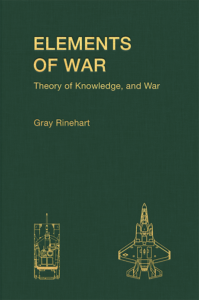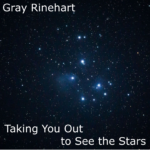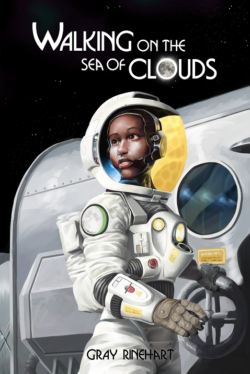Two space-related items today: an article in New Scientist covers the illegal export of space technology to China, and the Space Shuttle crew plans to install a new toxic gas detector on the ISS.
First, from New Scientist: China denies attempting to get US space data. The story relates how Shu Quan-Sheng, a physicist born in China but now a naturalized US citizen, pled guilty to illegally exporting space technology to China: specifically, data on space launch vehicle technology.
This piqued my interest because I was a space technology security monitor for almost 3 years in the Defense Technology Security Administration. The NS article was heavy on Chinese denials, but light on their previous shenanigans (although it did link to an article with a list of a few previous items). Yet all they had to do was Google “Cox Commission Report” and downlink the file to learn about previous activities in which China obtained launch vehicle technology from U.S. corporations.
(I cross-posted this item in the Space Warfare Forum.)
Second, a link I got from Twitter: Astronauts to Install ENose Hazardous Gas Detector. The “ENose” detector is the latest version of a detector to warn station residents of dangerous levels of toxic gases.
I was interested in this item for two reasons. First, I used a variety of vapor detectors in my assignment as a Bioenvironmental Engineer at the AF Rocket Propulsion Laboratory at Edwards AFB, and I hope — but have some doubts that — the device will perform as advertised. I don’t doubt at all that it will work: it’s a polymer film detector based on electrical conductivity, more sophisticated than the old paper-tape, photosensitive detectors and certainly easier to use than some of the more complex, chemically-intensive instruments we had. I’m more concerned with its useful life, what happens if the detector medium gets saturated, that sort of thing.
But enough geeky reminiscing.
The second reason that story interested me is that two of the main characters in my novel (my work-in-progress) are environmental engineers who are trying to keep the new lunar colony alive — and detecting hazardous vapors is a big part of that job. I’m trying to get just enough realism in the novel to make it believable, without going to the geeky extreme. Hopefully, I’ll do a better job in the novel than I did in this blog post. :rolleyes:



 by
by 








